Why 2023 Is the Year To Start a Hydroponic Farming Business
We’re examining the latest national and global trends.
Good news! They indicate that 2023 is a great year to start hydroponic farming. From food safety to local purchasing and supply chain to healthy eating and environmental sustainability, recent studies and events suggest that now is the time to start a hydroponic farm.
Food Safety
IFIC reports that 50% of Americans view foodborne illness as the current most important food safety issue. It’s not a surprising statistic — continuing the trend of previous years, 2022 saw multiple recalls of leafy green and lettuce products due to potential salmonella contamination and other foodborne illness dangers. Fortunately, hydroponic farming is safer than traditional farming in terms of foodborne illness: In a small-scale container farm, there’s significantly less risk of food contamination, a subject we explore at length in our blog post on E. coli.
IFIC also found that 42% of respondents view pesticides as one of the most serious food safety issues. Container farming has an answer to this, too! In a container farm’s protected environment, there’s no need for pesticides.
ADM reports that consumers are increasingly seeking transparency and traceability in their food. Who and where it came from, and what was used to make it. As a small-scale local farmer, you’re selling to consumers in your community, linking yourself (the producer) to the consumer. You’re able to tell the people buying your produce exactly what goes into it (i.e. no pesticides or herbicides) and the steps you take to keep it as clean and safe for consumption as possible.
Buying Local
A 2022 study conducted by the International Food Information Council (IFIC) found that 25% of respondents look for locally-sourced products when making purchasing decisions. Even as we emerge from the pandemic, individuals still feel a strengthened sense of dedication to their community and local producers — including buying from local farmers.
This statistic builds on IFIC’s 2021 study examining the impacts of the pandemic on Americans’ eating and purchasing habits, which found that 75% of Americans make an effort to support their community when making purchasing decisions. Furthermore, in an October 2021 global consumer trends analysis, nutrition leader ADM reported that 58% of consumers worldwide said that COVID-19 increased their focus on locality.
The message is clear: buying local is king. As a small farmer, you could fill this demand by growing food for local consumers, whether that be by selling directly to individuals or by way of restaurants or grocery stores.
Supply Chain
A supply chain that was already hurting due to COVID-19 has, this past year, taken an additional hit: The Russia-Ukraine conflict has again made it harder and more expensive to get products we were accustomed to getting with relative speed and ease. Now, the price of food is up by 10% compared to 2022. Part of the reason for this inflation? The increased cost and diminished availability of fertilizer, a major Russian and Ukrainian export.
On top of this, global warming and increasing extreme weather are impacting our supply chain. Wildfires, beyond destroying homes and forests, also destroy agricultural land and kill crops. Unpredictable and unusual weather is causing crop loss from orange groves to pepper fields.
So it’s no surprise that the US is currently experiencing a lettuce shortage, induced by crop disease and unseasonably high temperatures. Lettuce prices have skyrocketed to upwards of $7 in some places.
This presents an opportunity for you, the potential hydroponic farmer. You can provide a stable supply chain of lettuce (along with bonus leafy greens and herbs) for your community. Plus, with lettuce prices so high, you can sell your crop of leafy greens at a price that makes it worth the consumer’s while to purchase. And while the price is good for consumers, it’s even better for you, bringing in high revenue for your efforts.
Healthy Eating
IFIC found that 54% of Americans strived to eat healthily in 2022, with 35% of consumers also stating that they make food choices primarily out of a desire to protect their long-term health and 34% reporting wanting to lose weight. As we emerge from the pandemic, which we know was connected with weight gain, the population wants to regain their health.
ADM supported this finding in 2021 and highlighted that the pandemic increased the percentage of consumers following a “flexitarian,” plant-based lifestyle: “A flexitarian approach to eating has become mainstream as consumers look to functional, wholesome, plant-based nutrition to support healthy, environmentally friendlier lifestyles. … This is being fueled, in part, by COVID-19.”
Here, growing lettuce in your container farm is a slam-dunk. By producing healthy vegetables, you’re giving the people exactly what they want.
Environmental Sustainability
Environmental awareness and sustainability are more important than ever. ADM found in November 2022 that 49% of people worldwide report having changed their diet to be more environmentally friendly. Similarly, IFIC’s 2022 study found that 39% of respondents report “environmental sustainability has an impact on their decision to buy certain foods and beverages.” IFIC even found that, for 46% of people surveyed, knowing food was produced using farming technologies that reduce the impact on natural resources was important to purchasing decisions, an increase from the previous year.
The growing interest in the environmental sustainability of food is only logical: after another year of severe weather and extreme drought, the impacts of global warming on our planet are top-of-mind.
Hydroponic container farming is an answer to these consumers. Hydroponic farming uses 99% less water than traditional agriculture, meaning that it puts a significantly smaller strain on our precious water resources. Plus, growing in a closed-environment container means that crops are protected when unexpected and extreme weather does come to call.
There’s also the fact that small-scale farming in shipping containers means that produce is being consumed locally — resulting in fewer food miles and, consequently, fewer carbon emissions as food travels from producer to consumer.
So, have we convinced you?
If you need a little more persuasion, check out 16 Reasons to Start Container Farming.
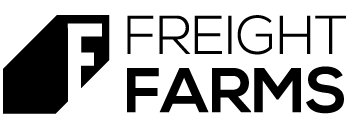






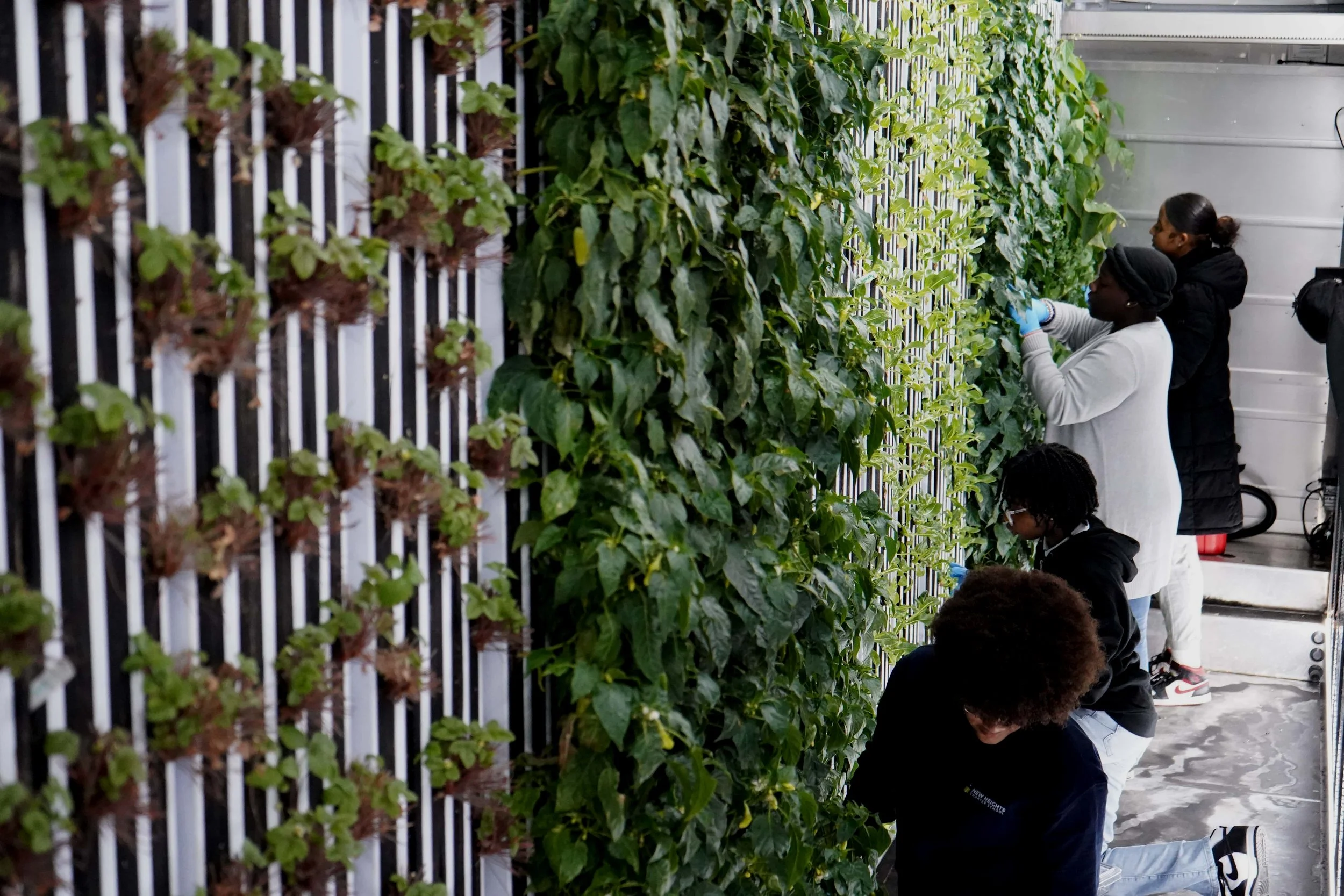



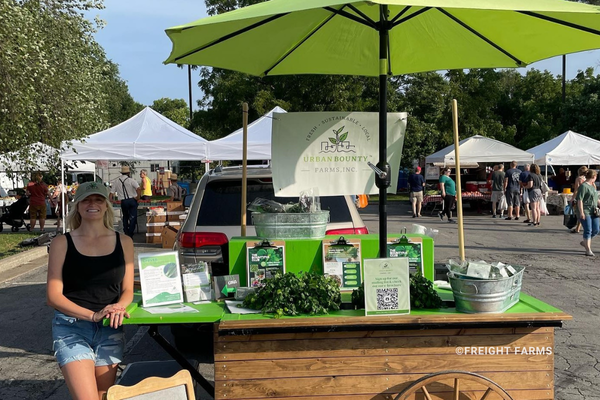
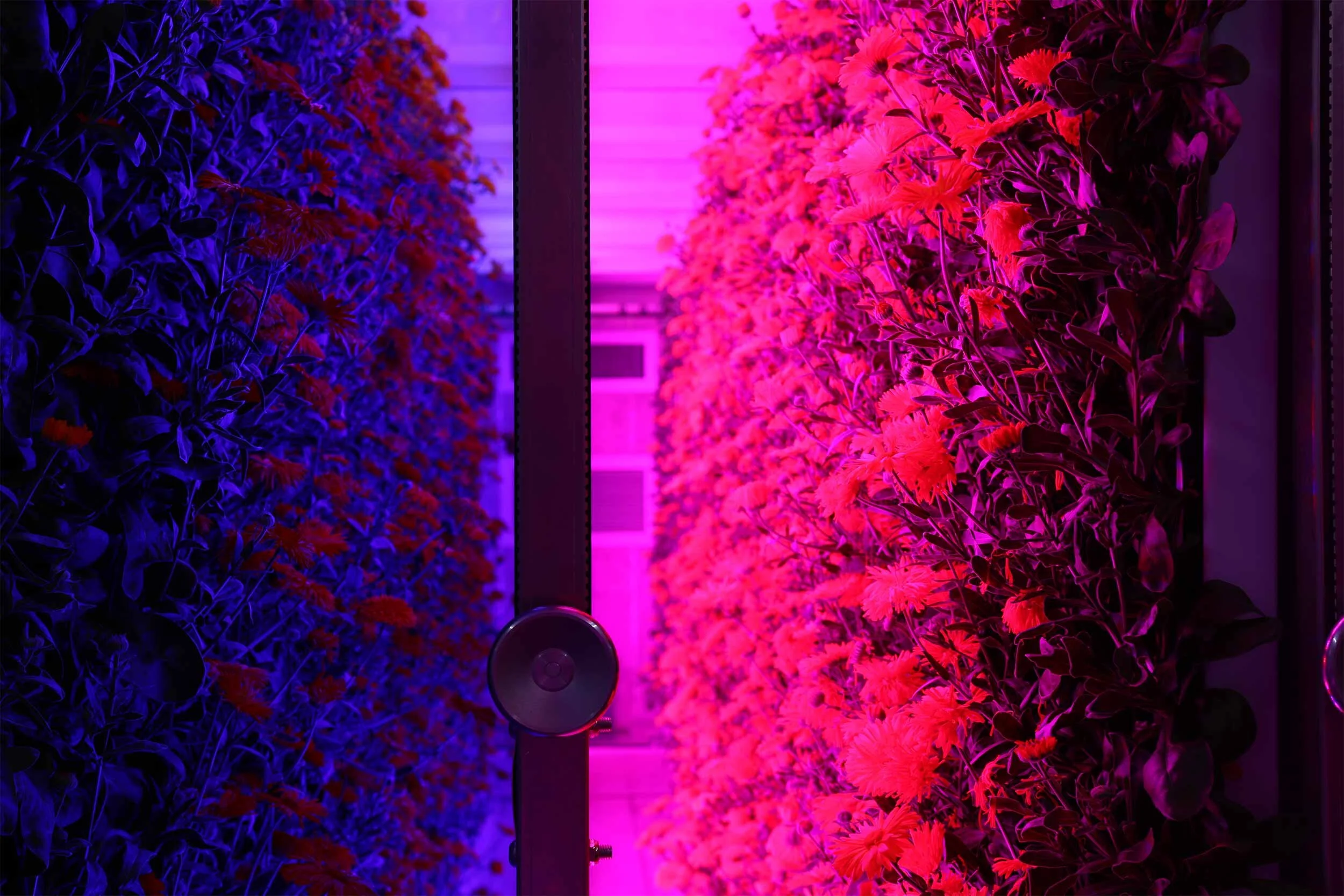








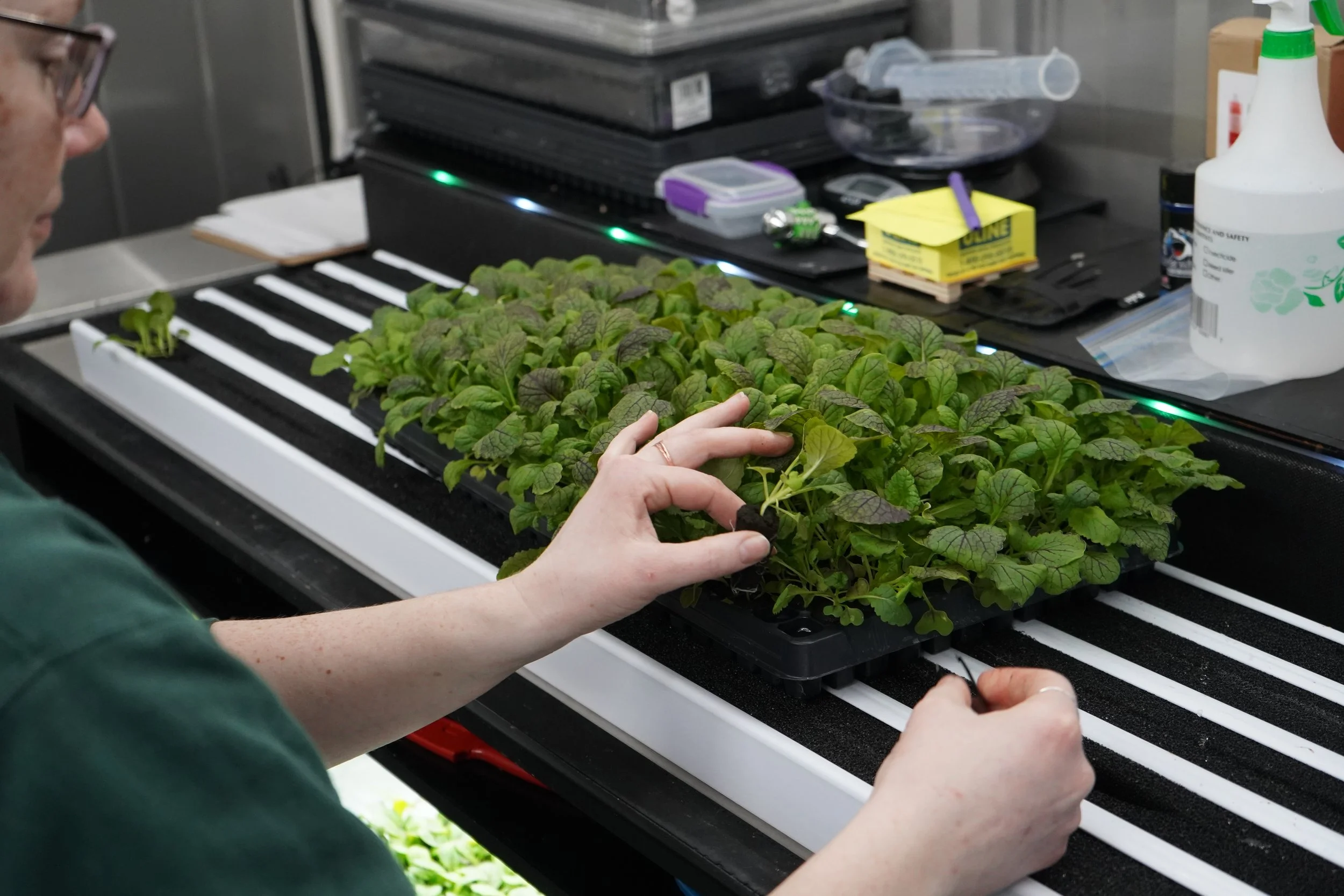



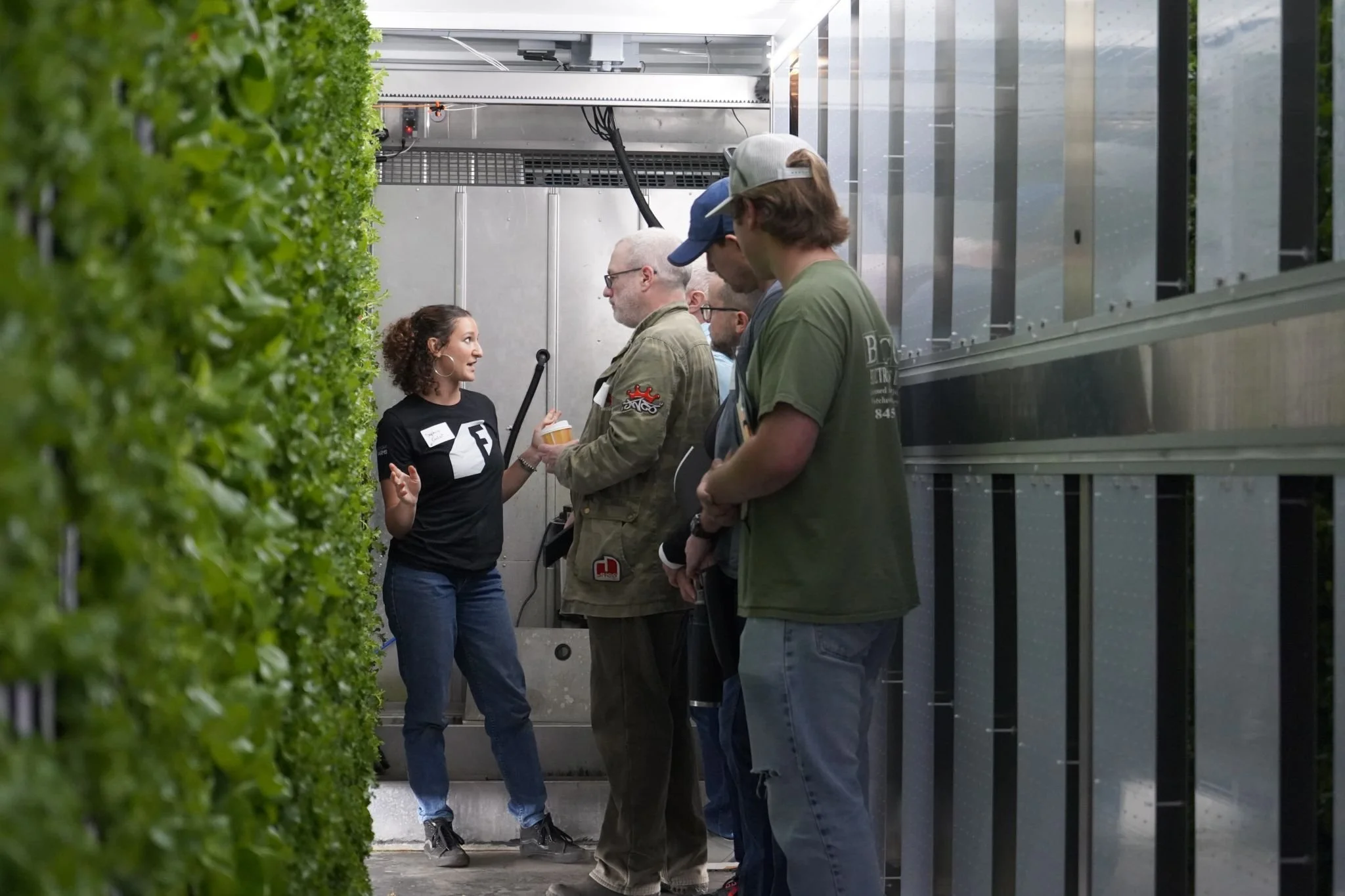






Hydroponic container farms are transforming classrooms into dynamic environments for social emotional learning (SEL). Learn how these innovative tools cultivate essential life skills while growing fresh produce.